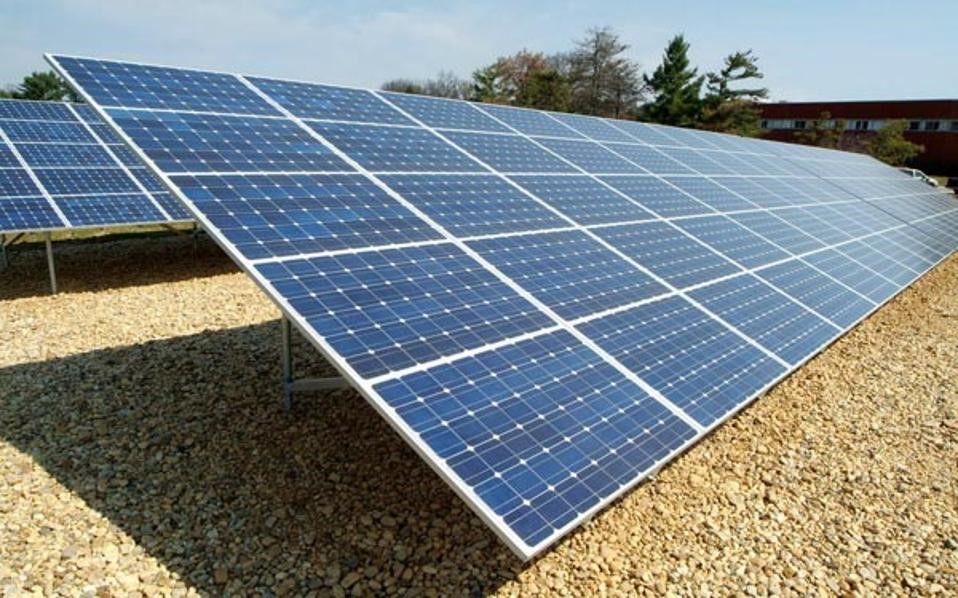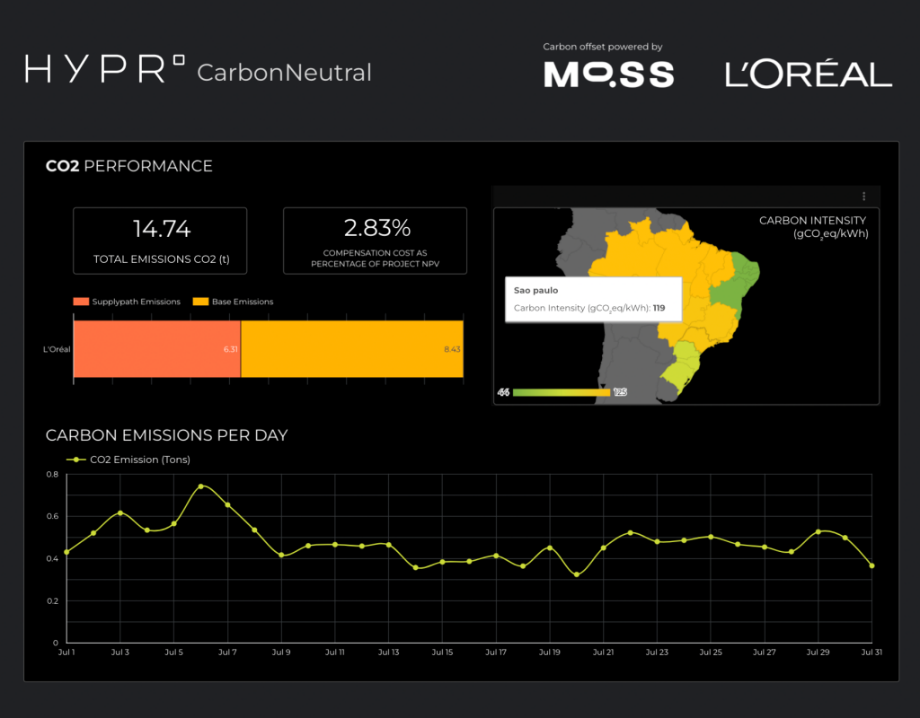With businesses around the world facing unprecedented pressures from energy costs and climate change, a new report from the Energy Efficiency Movement shows that improving energy efficiency in industries is the fastest and most effective way for a business to reduce its energy costs and greenhouse gas emissions. The Energy Efficiency Movement is a global ecosystem, with more than 200 members sharing ideas, best practices and commitments to create a more energy efficient world.
The recently published report “Playbook for energy efficiency in industry” includes 10 actions that a business in Greece can implement to improve its energy efficiency to reduce energy costs and emissions immediately. It focuses on mature, widely available technology solutions that will deliver rapid results and return on investment – with the ability to implement them incrementally. The companies that took part in the report are: ABB, Alfa Laval, DHL Group, IEA, Microsoft and the Swiss Federal Institute of Technology, ETH Zürich. The resulting proposals range from carrying out energy audits to the correct dimensioning of industrial machinery, which is often too large for the job at hand, which results in wasted energy.
Industry is the world’s largest consumer of electricity, natural gas and coal, according to the International Energy Agency, accounting for 42% of total electricity demand, equivalent to more than 34 exajoules of energy. The iron, steel, chemical and petrochemical industries are the largest energy consumers among the five largest energy-consuming countries worldwide – China, the United States, India, Russia and Japan. This energy consumption comes at a high cost in today’s inflationary environment. It was also responsible for nine gigatons of CO2, accounting for 45% of total direct emissions from private consumers for 2021, according to the International Energy Agency.
Accelerating the transition from fossil fuels by electrifying industrial fleets, replacing gas burners with heat pumps or using well-maintained heat exchangers also contribute to efficiency. Transferring data from on-site servers to the cloud could help save around 90 percent of the energy consumed by IT equipment. Additional actions include installing sensors and real-time energy monitoring through digital tools to identify “hidden equipment” that consumes energy when in standby mode, as opposed to a digital twin that can simulate efficiency actions without interrupting production. Using smart building solutions to control electrical power, lighting, blinds and heating, ventilation and air conditioning (HVAC) systems will also save energy in industrial facilities.



